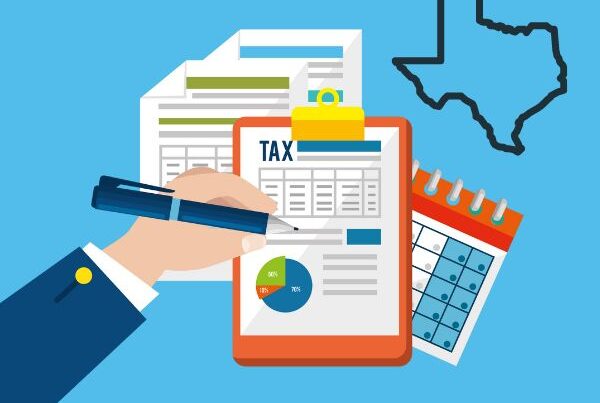
An ecommerce boom is underway, ushered in by a stream of technological innovations coupled with a change in consumer spending habits. In fact, Statista projects that retail ecommerce revenue in the US will hit $875 billion by the end of this year. This figure is expected to continue to grow year on year until at least 2025.
It’s hard to pass up on such an opportunity as a business owner, although as enticing as it might be, the risks are equally significant. The failure rate for ecommerce businesses is estimated at 80%, and the main pitfalls that companies usually succumb to include not understanding market trends and consumer behavior.
But say you’ve already done extensive research into your intended market and product. The usual question that follows is, “How do you get an ecommerce business off the ground?” Funding is a critical aspect, and various options, such as angel investors, bootstrapping, crowdfunding, and debt financing, are commonly explored. However, many of these avenues necessitate available cash, often derived from savings. Given this, it becomes crucial to discern how to choose a savings account wisely. Notably, having a robust savings strategy is essential, especially when alternative funding sources like familial support or sufficient cash flow may not be readily available to sustain pre-orders after a successful crowdfunding campaign.
In this situation, there are business owners who take the debt financing route, and they do it by using credit cards. But is this something that you should actually consider? Read on to find out its pros and cons.
Upsides
Ownership Retention
Funding your ecommerce business using your own credit card means you can keep full ownership over it. When you request capital from other people, you may be asked to give away a portion of the business or revenue in exchange.
Similarly, you have total control over decisions like increasing inventory since you don’t have to run them by other stakeholders. Just remember that being the sole owner means you also need to oversee things like COGS, so be sure to get support from accounting professionals.
Fund Availability
Most financial experts will stress the advantage of having credit to immediately address urgent needs, especially since the tides can change in ecommerce. This includes concerns like budgets for a new ecommerce specialist to meet increasing demand and producing additional inventory during peak sale periods.
The same holds true when circumstances are the opposite. Our post on ‘5 Tips for a Healthy Cash Flow’ emphasized that one major benefit of having credit available is moving cash during slow times – a situation that all businesses will have to go through.
More Credit Opportunities and Rewards
Funding your ecommerce start-up with your credit card gives you the opportunity to strengthen your credit standing, which may provide additional options for growing your business even more. Upgraded Points notes how credit card companies typically pull soft inquiries to check for pre-qualified clients. They use the information in the report to see what deals they can offer to encourage you to sign up. Examples include cashback reward programs and discounts. Some benefits may also come in the form of business perks, such as the case with Brex for Ecommerce. You can get features like 60-day free interest credit limit and advanced fraud protection, both of which are incredibly helpful for a young ecommerce business.
Downsides
Credit Limits
With your credit card as the source of funding, the budget for your business is bound to your credit limit. As a startup owner, you need to understand budgeting properly to minimize your debt as much as possible. Our article ‘3 Financial Skills You Need to Start a Business’ mentions that making a roadmap incorporating aspects like profit, costs, and revenue is a good place to start.
Relative Interest
Every time you use credit, a corresponding interest is tied to that amount. Entrepreneur provided a sample scenario, explaining that when you pull $5,000 from a $10,000 credit line, interest will only be applied to the $5,000 you took out. This can be a double-edged sword, so much so that you may incur higher interest the more you use your card. And if it’s your only source of funding, this amount can go up fast. There’s no way around it, and the only thing you can do is ensure that you’re getting the best possible rates. Finance and tax experts can assist in this complicated matter.
Knowing the pros and cons of using your credit card for funding helps you form a better plan for your ecommerce business. There may be no surefire way to tell if your venture will prosper in the long run, but having the right knowledge increases your chances remarkably. So why not see how LedgerGurus can point you in the right direction?




